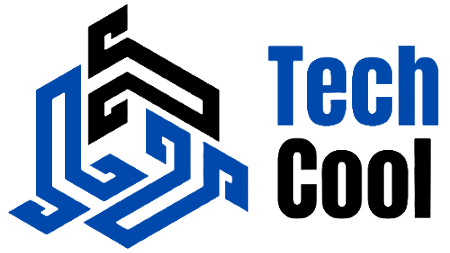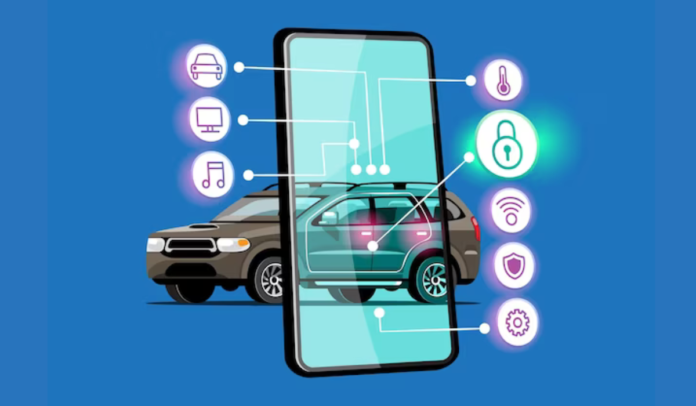The automotive industry is undergoing a profound transformation with the emergence of connected cars and their integration with the Internet of Things (IoT). In this in-depth exploration, we delve into the latest advancements in connected vehicle technology, IoT integration, and the transformative impact they have on transportation, safety, and the overall driving experience.
1. Introduction to Connected Cars and IoT Integration
Connected cars are vehicles equipped with internet connectivity and embedded sensors that enable communication with external networks, other vehicles, and infrastructure. By integrating IoT technology, connected cars can collect and exchange data in real-time, enabling a wide range of features and services aimed at enhancing safety, convenience, and efficiency on the road.
2. The Evolution of Connected Car Technology
The concept of connected cars has evolved rapidly over the past decade, driven by advancements in wireless communication, sensor technology, and data analytics. Early implementations focused primarily on features like navigation, infotainment, and remote diagnostics. However, with the proliferation of IoT devices and cloud computing infrastructure, connected cars are now capable of far more sophisticated functionalities, including predictive maintenance, autonomous driving, and vehicle-to-everything (V2X) communication.
3. IoT Integration in Vehicle Systems
IoT integration in connected cars involves the seamless connectivity of various vehicle systems, sensors, and onboard computers to external networks and cloud platforms. This integration enables data sharing and analysis across different domains, such as vehicle diagnostics, driver behavior monitoring, and environmental sensing. By harnessing the power of IoT, automakers can deliver innovative services like over-the-air updates, personalized driver assistance, and real-time traffic optimization.
4. Enhancing Safety with Connected Car Technology
One of the primary objectives of connected car technology is to improve road safety through advanced driver assistance systems (ADAS) and collision avoidance mechanisms. By leveraging IoT sensors, cameras, and radar systems, connected cars can detect potential hazards, warn drivers of impending collisions, and even intervene autonomously to prevent accidents. These safety features help mitigate risks and save lives on the road.
5. IoT-Enabled Vehicle Diagnostics and Maintenance
IoT integration enables remote monitoring of vehicle health and performance, facilitating proactive maintenance and reducing downtime. Connected cars can continuously transmit diagnostic data to manufacturers and service centers, allowing for early detection of potential issues and timely repairs. Predictive maintenance algorithms leverage historical data and machine learning techniques to anticipate component failures and schedule maintenance tasks accordingly, optimizing vehicle reliability and cost-efficiency.
6. Connected Cars and Smart Infrastructure
The synergy between connected cars and smart infrastructure is a key enabler of future mobility solutions. Through IoT integration, vehicles can communicate with traffic signals, road sensors, and smart grids to optimize traffic flow, reduce congestion, and minimize environmental impact. Vehicle-to-infrastructure (V2I) communication enables features such as traffic signal prioritization, emergency vehicle preemption, and dynamic routing based on real-time traffic conditions.
7. IoT Applications for Enhanced Driver Experience
Connected car technology enhances the overall driving experience by offering a wide range of IoT-powered features and services. These include personalized infotainment systems, voice-controlled assistants, location-based recommendations, and smart home integration. By seamlessly connecting with other IoT devices and platforms, connected cars enable drivers to stay connected, entertained, and productive while on the move.
8. Addressing Security and Privacy Concerns
As connected cars become more prevalent, ensuring cybersecurity and protecting user privacy becomes paramount. IoT integration introduces new attack vectors and vulnerabilities that malicious actors could exploit to compromise vehicle systems and steal sensitive data. Automakers and cybersecurity experts are working diligently to implement robust security measures, such as secure communication protocols, encryption mechanisms, and intrusion detection systems, to safeguard connected cars against cyber threats.
9. Regulatory and Legal Considerations
The rapid evolution of connected car technology raises complex regulatory and legal challenges related to data privacy, liability, and compliance with safety standards. Governments and regulatory bodies are developing frameworks and guidelines to address these issues and ensure the safe and responsible deployment of connected vehicles. Additionally, automakers and industry stakeholders are collaborating to establish industry-wide standards and best practices for IoT integration in automotive systems.
10. Future Outlook and Opportunities
The future of connected cars and IoT integration holds immense promise for revolutionizing transportation, urban mobility, and the automotive industry as a whole. As technology continues to advance, we can expect to see further innovations in autonomous driving, vehicle electrification, mobility-as-a-service (MaaS), and smart city initiatives. By embracing these opportunities and addressing the associated challenges, we can create a safer, more efficient, and sustainable transportation ecosystem for generations to come.
FAQs (Frequently Asked Questions)
Q: What are some examples of IoT-enabled features in connected cars?
A: Examples of IoT-enabled features in connected cars include remote diagnostics, predictive maintenance, real-time traffic optimization, personalized infotainment, and smart home integration.
Q: How do connected cars enhance road safety?
A: Connected cars improve road safety through advanced driver assistance systems (ADAS), collision avoidance mechanisms, and vehicle-to-everything (V2X) communication, which enable early detection of hazards, warnings to drivers, and autonomous interventions to prevent accidents.
Q: What are some security measures implemented to protect connected cars from cyber threats?
A: Security measures implemented to protect connected cars from cyber threats include secure communication protocols, encryption mechanisms, intrusion detection systems, and collaboration between automakers, cybersecurity experts, and regulatory bodies.
Conclusion
Connected cars and IoT integration represent a paradigm shift in the automotive industry, ushering in a new era of intelligent, connected, and sustainable mobility solutions. By leveraging IoT technology, connected cars can deliver enhanced safety, convenience, and efficiency on the road while opening up new opportunities for innovation and collaboration across various sectors. As we navigate the opportunities and challenges of this rapidly evolving landscape, it is imperative to prioritize safety, security, and responsible deployment to realize the full potential of connected vehicles and shape the future of transportation.


